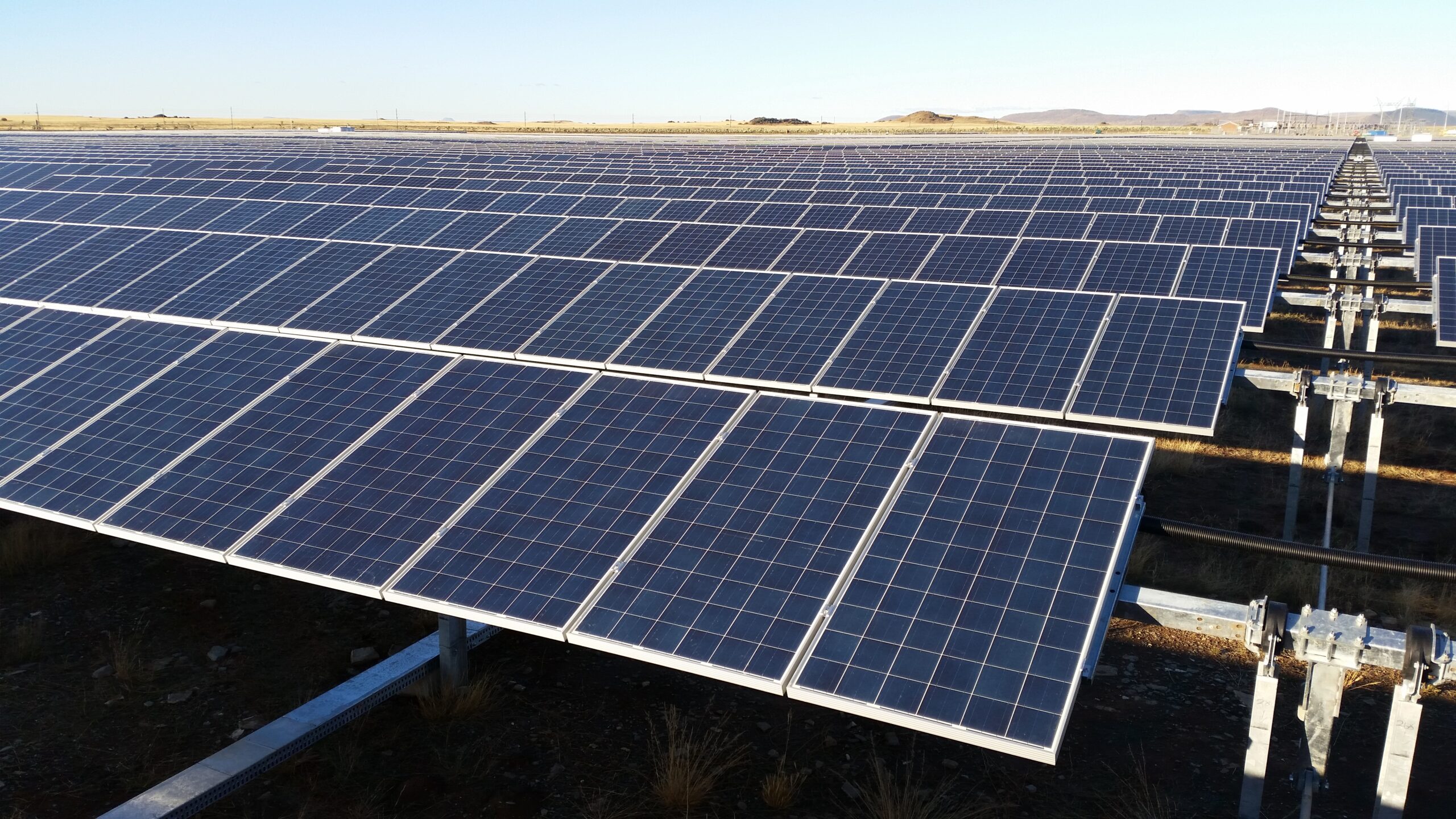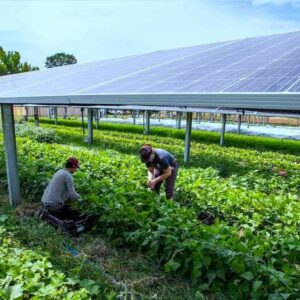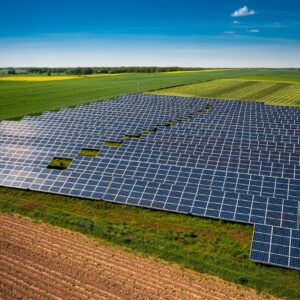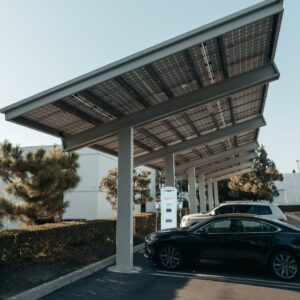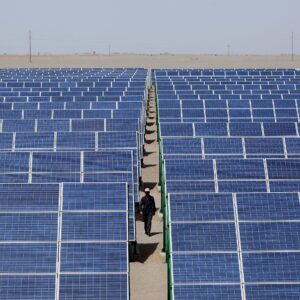Description
Description:
Commercial & industrial (C&I) solar systems are large-scale solar energy solutions designed to meet the high energy demands of businesses, factories, and institutions. With system capacities ranging from 50 kW to 1 MW and beyond, these systems significantly reduce electricity costs, lower carbon footprints, and improve energy reliability. They are engineered for high performance and long-term durability, helping organizations achieve sustainability targets while improving operational efficiency.
These systems are typically installed on factory rooftops, commercial buildings, open grounds, or carports, and are often integrated with advanced monitoring and control systems for real-time performance tracking and energy optimization.
Power Output Range:
From 50 kW for mid-sized commercial setups to 1 MW+ for industrial plants and multi-building facilities, system capacity is customized based on consumption patterns and available installation space.
Key Applications:
-
Factories & Manufacturing Plants:
Offset heavy machinery loads and reduce dependency on the grid with a self-generated power supply. -
Warehouses & Distribution Centers:
Utilize large rooftop areas to install solar systems and cut operating costs. -
Shopping Malls & Commercial Complexes:
Power HVAC systems, elevators, lighting, and escalators, while promoting green business practices. -
Educational Campuses & Hospitals:
Generate clean, reliable electricity to power labs, dormitories, operating rooms, and classrooms. -
Industrial Parks & Logistic Hubs:
Centralize power generation for multiple facilities with a single, scalable solar installation.
Typical Components:
-
High-Efficiency Solar Panels:
Top-tier mono- or bifacial PV modules for maximum output and performance, optimized for large surface areas. -
Central or String Inverters:
-
Central Inverters for large, uniform installations with centralized control.
-
String Inverters for more modular and flexible deployment across multiple rooftops or zones.
-
-
Power Optimizers (Optional):
Enhance energy harvest at the module level and allow for individual panel monitoring—particularly useful in partially shaded or irregular layouts. -
Advanced Monitoring & SCADA Systems:
Supervisory Control and Data Acquisition (SCADA) platforms provide live performance data, fault alerts, and system diagnostics for large-scale operations.
Example System Setups:
-
100 kW Rooftop Solar for Large Office Buildings:
Supports daily operations including HVAC, lighting, elevators, and server rooms while lowering utility bills. -
500 kW Factory Roof System:
Powers production lines, industrial equipment, and office spaces—reducing peak demand charges and improving sustainability. -
1 MW Ground-Mounted Plant for Industrial Use:
Delivers high-output solar energy for large-scale consumption across multiple buildings or facilities.
Advantages of Commercial & Industrial Solar Systems:
-
Significant Energy Cost Savings:
Lower operational expenses and hedge against rising electricity rates. -
Sustainability & Compliance:
Meet CSR goals, reduce carbon footprint, and align with government and ESG regulations. -
Improved Power Reliability:
Reduce grid dependency and maintain consistent power flow during outages or peak load hours. -
Fast ROI & Long-Term Gains:
Benefit from tax incentives, depreciation benefits, and reduced utility bills with ROI typically within 3–5 years. -
High Scalability & Customization:
Systems are fully scalable to match energy growth and can be expanded with storage or hybrid configurations.
Why Choose a C&I Solar System?
For businesses and institutions looking to cut costs, ensure operational continuity, and demonstrate environmental leadership, commercial & industrial solar systems deliver high performance, strong financial returns, and future-ready energy solutions.
